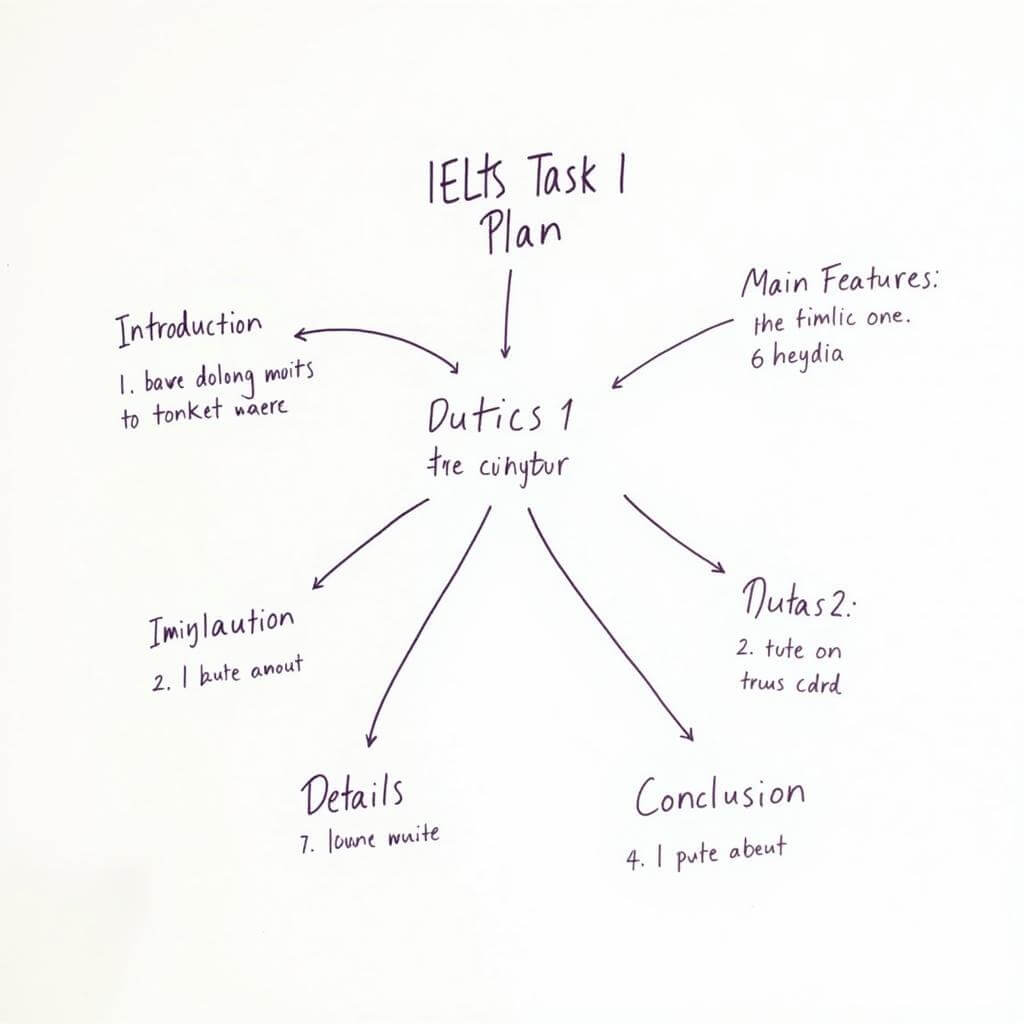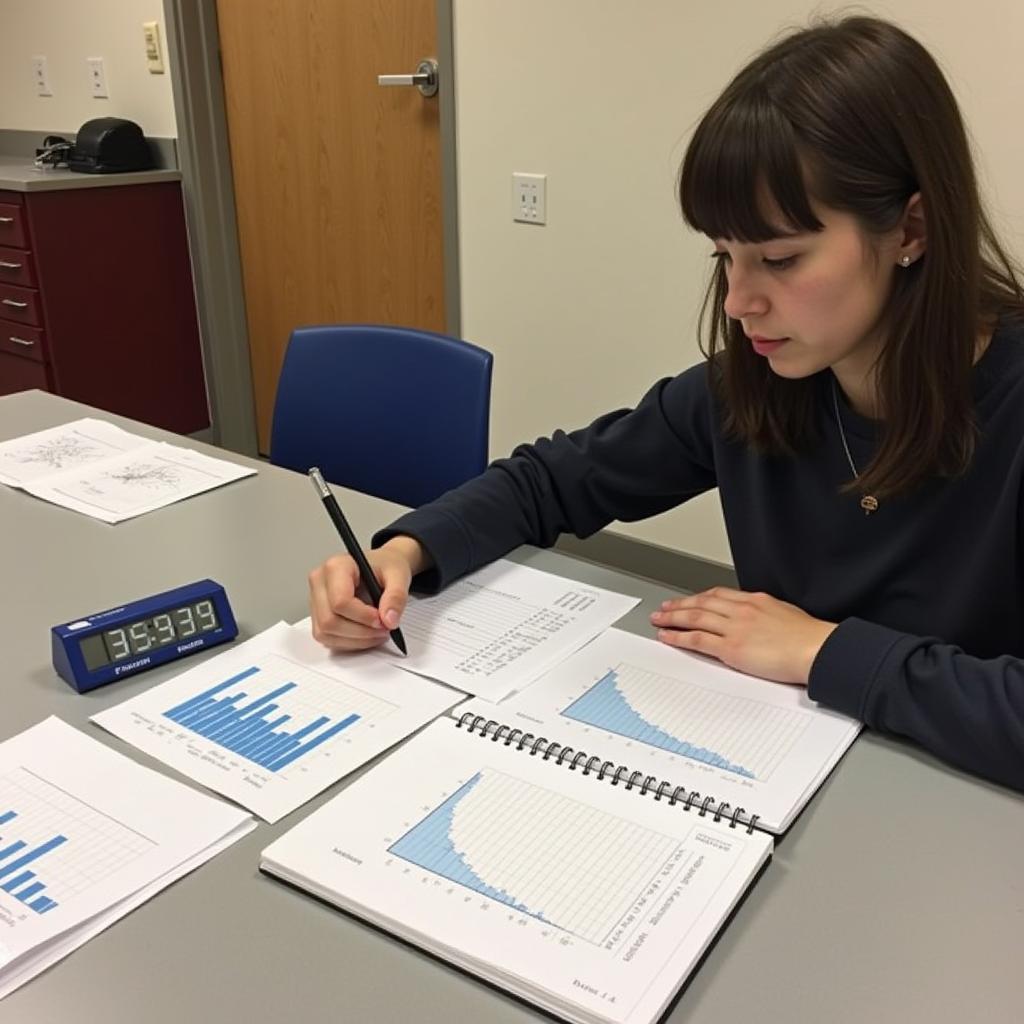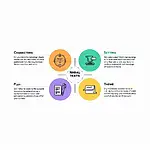Writing a clear and concise summary for IELTS Task 1 is crucial for achieving a high band score. This comprehensive guide will provide you with essential strategies and tips to help you excel in this part of the IELTS Writing test.
Understanding the Task
Before diving into the writing process, it’s important to understand what IELTS Task 1 requires:
- Summarize the main features of a visual representation (graph, chart, table, or diagram)
- Write at least 150 words in 20 minutes
- Use formal academic language
- Avoid personal opinions or interpretations
How to analyze IELTS writing task 1 data?
Key Steps to Writing Clear Task 1 Summaries
- Analyze the visual information carefully
- Identify the main trends or features
- Plan your response
- Write a clear introduction
- Organize your main body paragraphs
- Use appropriate linking words
- Summarize the key points in the conclusion
Let’s explore each of these steps in detail.
1. Analyze the Visual Information
Take a few minutes to thoroughly examine the visual data. Look for:
- Overall trends
- Highest and lowest points
- Significant changes or differences
- Time periods (if applicable)
2. Identify the Main Trends or Features
Focus on the most important information. Ask yourself:
- What is the overall pattern?
- Are there any notable exceptions?
- What are the most significant changes or comparisons?
3. Plan Your Response
Quickly jot down the key points you want to include in your summary. This will help you organize your thoughts and ensure you don’t miss any crucial information.
 IELTS Task 1 Planning Strategy
IELTS Task 1 Planning Strategy
4. Write a Clear Introduction
Your introduction should:
- Paraphrase the question
- Provide an overview of the main features
Example:
“The bar graph illustrates the percentage of people in different age groups who used social media in Canada in 2019 and 2020. Overall, social media usage increased across all age categories from 2019 to 2020.”
5. Organize Your Main Body Paragraphs
Structure your main body paragraphs logically:
- Group similar information together
- Use separate paragraphs for distinct trends or comparisons
- Start with the most significant features
As Dr. Emily Thompson, an IELTS expert with over 15 years of experience, advises: “The key to a clear Task 1 summary is logical organization. Group related information and present it in a way that flows naturally from one point to the next.”
6. Use Appropriate Linking Words
Employ a variety of linking words to improve the flow of your writing:
- To show contrast: “However,” “In contrast,” “On the other hand”
- To add information: “Furthermore,” “Moreover,” “Additionally”
- To show results: “As a result,” “Consequently,” “Therefore”
7. Summarize the Key Points in the Conclusion
Write a brief conclusion that:
- Restates the main trends or features
- Avoids introducing new information
Example:
“In conclusion, the graph shows that social media usage in Canada increased across all age groups from 2019 to 2020, with the most significant growth observed among older adults.”
Tips for Clarity and Effectiveness
To ensure your Task 1 summary is clear and effective, keep these additional tips in mind:
- Use precise language and avoid vague terms
- Incorporate data accurately, but don’t list every number
- Vary your vocabulary to describe trends (e.g., “increase,” “rise,” “grow,” “surge”)
- Use appropriate tenses (usually past tense for historical data, present tense for current information)
IELTS examiner Sarah Johnson emphasizes, “Clarity in Task 1 comes from selecting the most relevant information and presenting it in a well-organized manner. Don’t try to include every detail – focus on the big picture and significant trends.”
Common Pitfalls to Avoid
Be aware of these common mistakes when writing your Task 1 summary:
- Spending too much time on the introduction
- Describing every detail instead of summarizing main features
- Using personal opinions or interpretations
- Forgetting to group similar information
- Neglecting to use linking words
- Writing less than 150 words
Practice Makes Perfect
Improving your Task 1 writing skills requires consistent practice. Try these strategies:
- Analyze a variety of charts, graphs, and diagrams regularly
- Time yourself to ensure you can complete the task in 20 minutes
- Review sample high-scoring responses to understand what examiners are looking for
- Ask for feedback from a teacher or study partner
Remember, as with any skill, the more you practice writing clear and effective Task 1 summaries, the more confident and proficient you’ll become.
 IELTS Task 1 Practice Session
IELTS Task 1 Practice Session
Conclusion
Writing clear and effective IELTS Task 1 summaries is a skill that can be mastered with the right approach and consistent practice. By following the steps outlined in this guide, focusing on clarity and organization, and avoiding common pitfalls, you’ll be well on your way to achieving a high band score in this part of the IELTS Writing test. Remember to analyze carefully, plan effectively, and present your summary in a logical and coherent manner. With dedication and practice, you’ll be able to tackle any Task 1 question with confidence.
FAQs
-
How long should my IELTS Task 1 summary be?
Your summary should be at least 150 words. Aim for 170-190 words to ensure you’ve covered all the main points without being overly wordy. -
Should I include my own opinion in the Task 1 summary?
No, Task 1 requires an objective summary of the visual information. Avoid personal opinions or interpretations. -
How can I improve my vocabulary for describing trends?
Practice using a variety of words and phrases to describe increases, decreases, and other trends. Use a thesaurus to find synonyms, but make sure you understand the nuances of each word. -
Is it necessary to include all the numbers from the graph or chart?
No, you should select the most significant data points that illustrate the main trends. Don’t try to include every number. -
How important is the conclusion in a Task 1 summary?
While not as crucial as in Task 2, a brief conclusion helps to round off your summary and restate the main points. Keep it short and avoid introducing new information.


